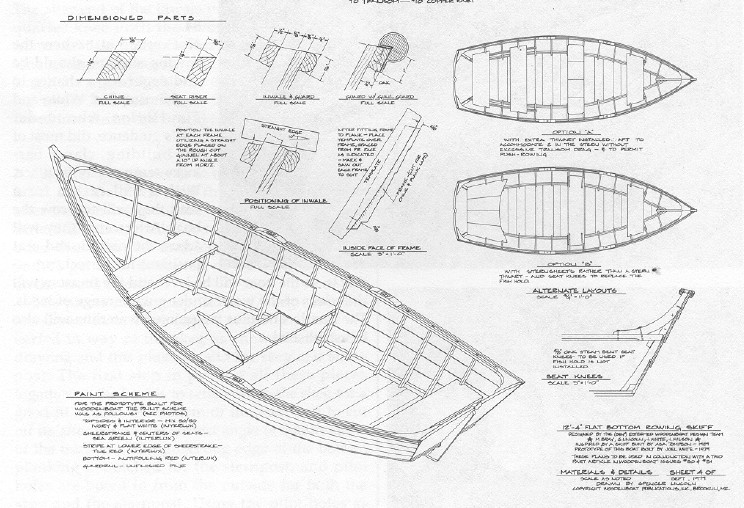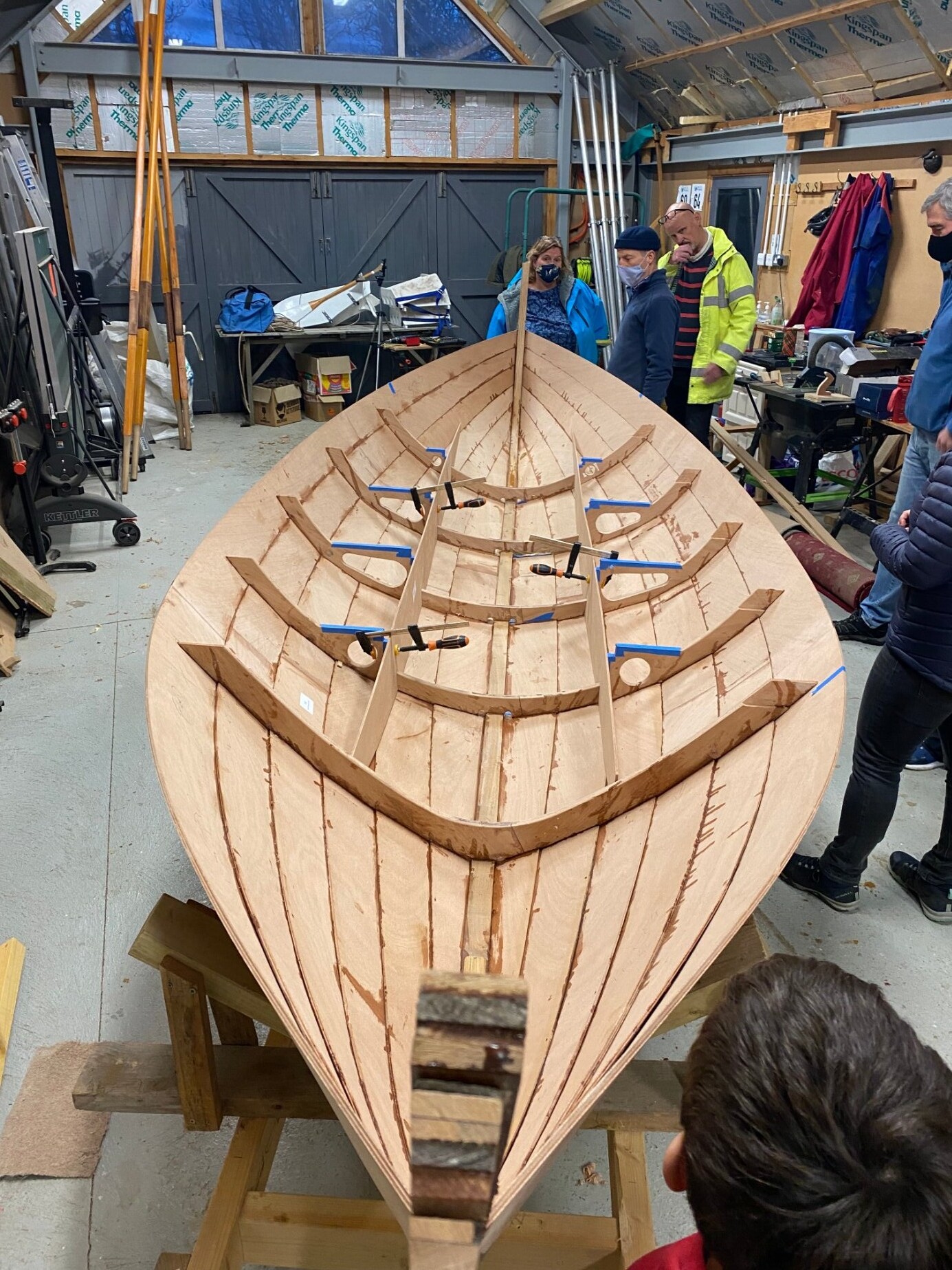
Affordable Build Boat Plans: Beyond the Blueprint â€" Unveiling Hidden Potential
Building your own boat is a dream shared by many â€" a blend of craftsmanship, adventure, and the satisfaction of creating something truly unique. But navigating the world of affordable boat plans can feel overwhelming. This article dives beyond the typical advice, exploring often-overlooked aspects to help you realize your nautical ambitions.
The Unsung Hero: Material Sourcing & Cost Optimization
Most articles focus on plan selection. But what about the raw materials? This is where significant savings, and headaches, can be found.
Q: Beyond lumber yards, where can I find affordable boat-building materials?
A: Think outside the box! Consider:
- Salvage yards: Surprisingly, you can find perfectly good wood (and even fiberglass) destined for the landfill. Inspect carefully, of course!
- Reclaimed wood suppliers: These often offer beautiful, durable wood at a fraction of the cost of new lumber. The character adds unique charm to your boat.
- Online forums and communities: Boat builders often share sources, even surplus materials, within their networks. Connect with others!
Real Story: A friend recently built a stunning small sailboat using reclaimed barn wood. The unique patina and character of the wood saved him a considerable amount, and the boat looks fantastic.
Beyond the Plans: The Art of Adaptation and Customization
Pre-made plans are a great starting point, but rarely perfectly align with your vision or available resources.
Q: How can I adapt affordable boat plans to better suit my skill level and materials?
A: Don’t be afraid to modify! This is where your creativity shines:
- Simplify designs: If your carpentry skills are beginner-level, opt for simpler joinery techniques or reduce the complexity of the hull design.
- Substitute materials: If sustainably sourced bamboo is readily available, could you replace some of the hardwood specified in the plan? Consider the properties of different materials carefully.
- Seek expert consultation: Don’t be afraid to ask for help from experienced boat builders or woodworking professionals for advice on modifications.
Expert Insight: According to a recent study published in the *Journal of Marine Technology*, adapting plans based on readily available materials can reduce overall project costs by up to 30%.
The Long Game: Building Community and Sharing Knowledge
Boat building isn't solely a solitary pursuit. Engaging with the community offers invaluable support and accelerates learning.
Q: How can I leverage online and offline communities to maximize my success and minimize costs?
A: Network! Build relationships with other builders through:
- Online forums: Websites and forums dedicated to boat building are treasure troves of advice, shared experiences, and sometimes even free plans.
- Local woodworking clubs or boat building groups: These offer hands-on learning, access to tools, and collaborative projects.
- Mentorship programs: Seek guidance from experienced builders who can provide personalized feedback and troubleshooting.
By tapping into the collective knowledge and support of others, you can overcome challenges, share resources, and create a network of fellow boat builders.
Building your own boat is a rewarding but challenging journey. By focusing on strategic material sourcing, creative adaptation, and community engagement, you can make your dream of affordable boat ownership a reality.

















